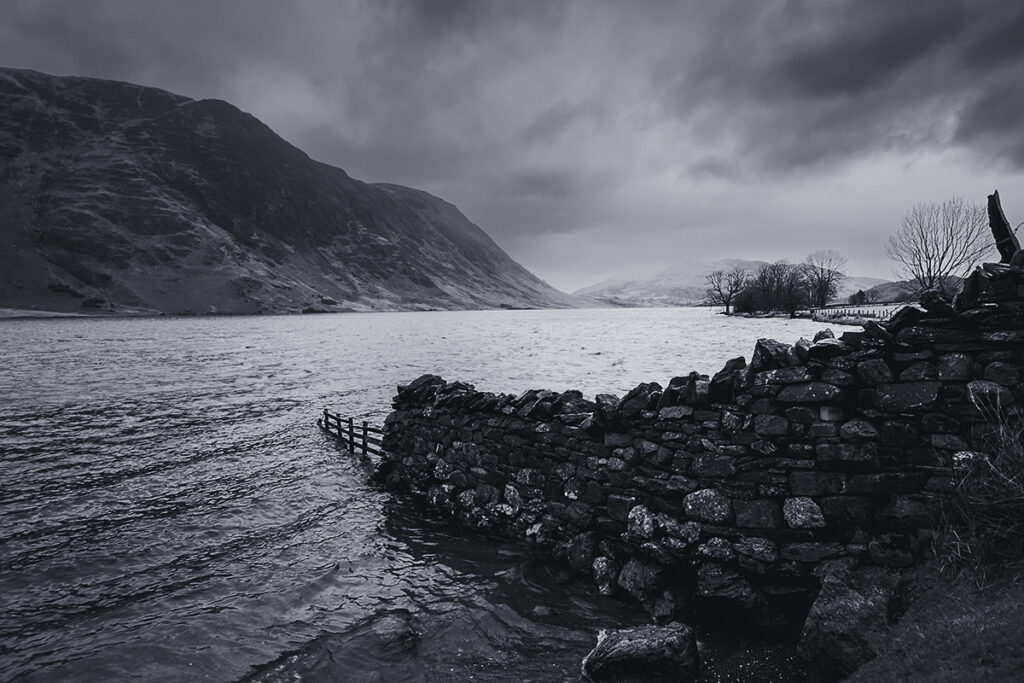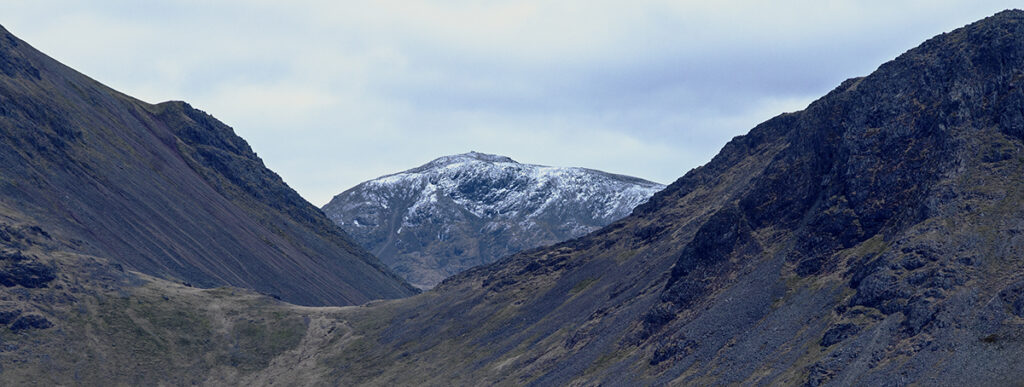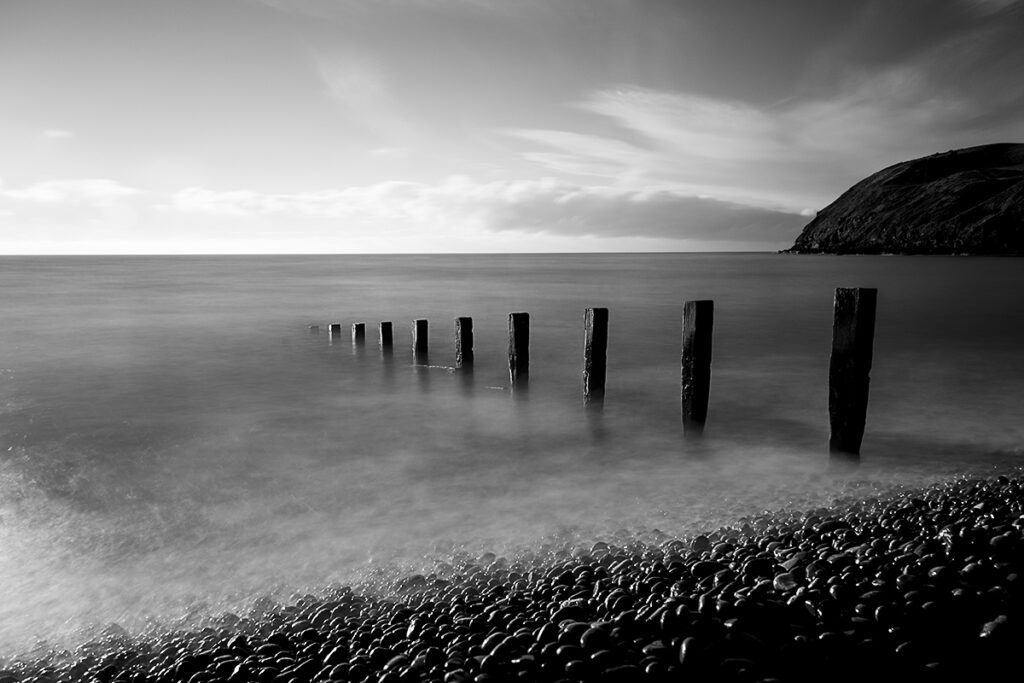Complete Lake District Landscape Photography Guide
Complete Lake District Landscape Photography Guide
The Perfect Base: Keswick and the Heart of the Lakes
The Lake District, with its dramatic fells, serene waters, and ever-changing light, has captivated landscape photographers for generations. At the heart of this UNESCO World Heritage site lies Keswick, perhaps the ideal base for photographers seeking to capture the region’s diverse landscapes. This strategic market town provides unparalleled access to some of the most spectacular scenery the Lake District has to offer, from the reflective waters of Derwentwater to the imposing summit of Scafell Pike.

Derwentwater: Mirror to the Fells
Directly adjacent to Keswick, Derwentwater offers some of the Lake District’s most accessible yet rewarding photographic locations. The central region around Keswick presents a different character from the more remote western fells, with Derwentwater providing picture-perfect compositions in virtually any weather condition.
Friar’s Crag extends into the lake, offering panoramic views toward Borrowdale and the distinctive outline of Castle Crag. This location works particularly well at sunset, when the last light illuminates the western fells while the foreground falls into shadow, creating natural depth and dimension within your frame.
The view from Surprise View above Derwentwater offers a more elevated perspective, particularly dramatic during autumn when mist often forms over the lake at dawn. From this vantage point, the islands appear to float on a sea of cloud, creating ethereal compositions that seem almost otherworldly. The fotovue guide “Photographing the Lake District” identifies several lesser-known viewpoints in this area that provide fresh angles on this much-photographed scene.
Derwentwater’s shoreline presents endless compositional opportunities, with weathered rowboats, twisted shoreline trees, and perfectly positioned boulders offering foreground interest against the backdrop of Catbells and the western fells. The lake’s orientation means it works well for both sunrise and sunset, giving photographers flexibility to work with the best light throughout the day.
The Majestic Scafell Pike
While not the closest town to Scafell Pike, Keswick serves as an excellent staging point for photography expeditions to England’s highest peak. The journey from Keswick to Wasdale, where the most direct route to Scafell begins, takes you through some of the most photogenic landscape in the national park.
Scafell Pike itself stands as the centerpiece of the Lakeland fells, offering dramatic compositions that capture the essence of this rugged mountain terrain. The view of Scafell Pike reflected in Wastwater, England’s deepest lake, has been voted Britain’s favorite view—and with good reason. Arriving for first light, you can watch as the rising sun gradually illuminates the craggy summits while the lake below remains in shadow, creating a dramatic interplay of light and dark.
The western shore of Wastwater offers the classic view across to the screes, with the lake’s surface often perfectly still in the early morning. This location works particularly well in winter when the lower sun angle casts dramatic shadows on the mountain faces and occasionally dusts the higher elevations with snow. The stark simplicity of this landscape—water, stone, and sky—creates naturally minimalist compositions that convey the austere beauty of the Western Lakes.
For photographers seeking unique perspectives of Scafell Pike, the view from Innominate Tarn on Haystacks fell provides a more intimate and less-photographed angle. This small, seemingly unremarkable tarn has become a place of pilgrimage for landscape photographers, offering sunrise views toward Great Gable with Scafell Pike beyond. The silence here is complete, broken only by the occasional call of a raven or the whisper of wind across the fell tops.

Beyond the Icons: Hidden Photographic Gems
While Derwentwater and Scafell Pike deservedly attract photographers from around the world, the Lake District offers countless lesser-known locations that reward exploration. From Keswick, these hidden gems are all within reasonable driving distance:
Loweswater: Tucked away in the northwestern fells, Loweswater remains one of the region’s best-kept secrets. Unlike its more famous neighbors, this small lake often provides perfect reflections due to its sheltered position, with the added advantage of far fewer visitors. The ancient woodland of Holme Wood along its southern shore offers beautiful compositions throughout the seasons, especially in autumn when the beech trees turn golden.
Eskdale and Wasdale: For dramatic mountain landscapes without the crowds, Eskdale and Wasdale provide countless opportunities. The view from Hardknott Pass toward the Scafell range can be particularly rewarding in dramatic weather, when shafts of light break through storm clouds to illuminate the rugged terrain below. The ancient Roman fort of Hardknott Castle offers an intriguing foreground element, connecting human history with geological time.
The Duddon Valley: This remote valley offers a gentler landscape character with the River Duddon providing leading lines through compositions that capture the pastoral qualities of the Lake District. The ancient stone packhorse bridge at Slater’s Bridge creates a perfect focal point, particularly in autumn when the surrounding trees reflect in the river’s pools.
Grasmere and Rydal Water: These more intimate landscapes are perfectly suited to misty mornings and softer light conditions. The view across Grasmere toward Helm Crag (the “Lion and the Lamb”) creates a classical composition that works in virtually any season but is perhaps most compelling in winter when snow occasionally reaches the valley floor.

Seasonal Transformations of the Lakes
Each season reveals a different facet of the Lake District’s character, offering distinct photographic opportunities throughout the year:
Spring brings vibrant green to the valley bottoms while snow often still clings to the higher fells, creating wonderful contrasts between seasons in a single frame. The ancient bluebell woods of Rannerdale and Blackwell provide spectacular foreground interest during May, offering an annual spectacle that attracts photographers seeking that perfect combination of blue and green.
The “blue hour” before dawn can be particularly rewarding during spring, when the cool light balances perfectly with the fresh green vegetation. Locations like the shores of Grasmere and Rydal Water come alive with this combination, offering compositions where reflections double the impact of this seasonal color palette.
Summer presents its own gifts and challenges. The longer days mean extremely early starts for dawn shoots, but the lush vegetation and occasional dramatic thunderstorms can transform familiar scenes. The bracken-covered hillsides take on a luminous quality in summer evening light, creating a tapestry of texture across the fells. Locations like Side Pike near Great Langdale offer elevated viewpoints where this characteristic Lakeland vegetation becomes a key compositional element.
Autumn transforms the Lake District into a photographer’s paradise as the bracken on the fells turns copper and gold, while woodland areas explode with color. Borrowdale’s ancient woodlands provide some of England’s most spectacular autumn displays, with the beech and oak trees reflected in the still waters of Derwentwater creating scenes of extraordinary beauty.
The quality of light during autumn mornings has a particular clarity that seems to enhance colors and textures across the landscape. The combination of low-angle light, morning mist rising from lakes and rivers, and the rich autumn palette creates perfect conditions for photography that captures the essence of the season.
Winter brings a quieter, more contemplative mood to the Lakes, with snow-capped fells creating simplified, graphic compositions. The low winter sun barely clears the mountain tops at this latitude, bathing the landscape in golden light for much of the day. On clear winter days, locations like Ullswater can offer hours of perfect photography conditions rather than the fleeting moments available during summer.
Technical Considerations for Lake District Photography
The Lake District’s varied terrain and notoriously changeable weather demand flexible techniques and reliable equipment:
Lenses: Wide-angle lenses (16-35mm) capture the sweeping panoramas from fell tops, while medium telephotos (70-200mm) compress and isolate features across valleys. For the intimate woodland and waterfall scenes found throughout the region, a standard zoom in the 24-70mm range often proves most versatile.
Filters: Graduated neutral density filters help balance the significant dynamic range between bright skies and shadowed valleys, while polarizers manage reflections on lakes and cut through atmospheric haze. For moving water compositions, neutral density filters extend exposure times to create that silky effect in waterfalls and streams.
Stability: A sturdy, weatherproof tripod is indispensable, not only for low-light shooting but also for stability in the frequently windswept mountain environments. Quick-release systems make transitions between tripod-mounted careful composition and handheld spontaneous capturing of changing light conditions far more efficient.
Weather Protection: Protection for both photographer and equipment is non-negotiable in a region that receives some of England’s highest rainfall. Conditions can transform from clear sunshine to horizontal rain in minutes, especially on the higher fells.

Planning Your Photography Expedition
The comprehensive “Photographing the Lake District” guide by Stuart Holmes has become an essential companion for many photographers exploring the region. This guidebook divides the Lake District into logical sections, providing detailed location information, access points, and seasonal considerations for over 70 photographic hotspots.
Effective planning should consider:
Timing: Popular locations like Buttermere can become crowded, especially during summer months and weekends. Arrive well before sunrise to secure parking and the best shooting positions.
Weather Forecasts: The Lake District’s notoriously changeable weather can transform the landscape in minutes. Apps like Clear Outside and Mountain Weather Information Service provide reliable forecasts specifically tailored to photographers and fell-walkers.
Topography: Understanding how hills and valleys influence light is crucial. In the deeper valleys like Borrowdale, direct sunlight may only reach the valley floor for a few hours each day, creating limited windows of opportunity for certain compositions.
Route Planning: A typical day might begin with dawn at Castlerigg Stone Circle, followed by golden hour at Derwentwater’s shore, then exploring the woodland around Ashness Bridge as directional light filters through the canopy.
A Photographer’s Itinerary Based in Keswick
Keswick’s central location makes it the perfect base, offering year-round accommodation, early-opening cafés for pre-dawn starts, and equipment shops for emergency supplies. A typical photography itinerary might include:
- Pre-dawn: Arrive at Castlerigg Stone Circle to capture first light illuminating the ancient stones with Blencathra as backdrop
- Sunrise: Move to Derwentwater’s shore near Friar’s Crag to capture the golden light across the lake
- Morning: Explore the woodland around Ashness Bridge as directional light filters through the canopy
- Afternoon: Take a drive to Buttermere or Crummock Water for different perspectives
- Evening: Return to Surprise View for sunset over Derwentwater and the western fells
- After dark: With clear skies, Castlerigg offers excellent night photography opportunities with minimal light pollution

Developing a Deeper Connection
Beyond technical skills and equipment, successful Lake District images emerge from developing a genuine connection with the landscape through repeated visits. Understanding how light interacts with specific locations throughout the day and across seasons creates a mental map of possibilities that guides decision-making. This familiarity allows you to anticipate conditions and be in position before the perfect light materializes, rather than reacting too late to fleeting opportunities.
Whether capturing the perfect reflection of Derwentwater at dawn, the dramatic light breaking over Scafell Pike, or the intimate details of moss-covered stones in Holme Wood, the Lake District continues to inspire and challenge photographers. It rewards those willing to embrace its ever-changing moods, to rise before dawn in summer mist, or stand patient in winter cold, waiting for that perfect moment when light transforms the ordinary into the extraordinary.
In a region where weather is not just a condition but a central character in the photographic story, persistence and preparation combine with creative vision to create images that capture not just the visual splendor of the Lakes, but something of their timeless spirit—a spirit that continues to draw photographers back season after season, camera in hand, for one more perfect moment of light across water and fell.
